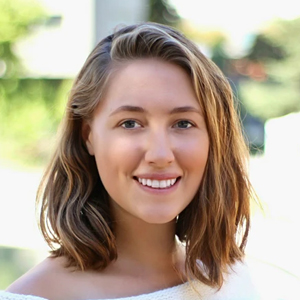T cells could be the key in developing an effective COVID-19 vaccine
Many have embraced antibodies and the possibility of immunity to COVID-19 as the key to reopening society and the economy. Serology testing — also known as antibody testing — can indicate whether someone is producing an immune response to the virus.
But we still do not know whether the presence of antibodies in recovered patients holds promise for long-lasting immunity. Insight from immunological studies on recovered SARS patients infected in 2003 showed that antibody levels wane after just a few years. A different immune response caused by T cells provides long term protection, even 11 years post-infection.
Based on this data, it is likely that T cell responses play a substantial role in developing protective immunity against SARS-CoV-2, the virus that causes COVID-19. There are two main types of T cells: helper and killer T cells. When they recognize a virus, helper T cells signal to activate other types of immune cells, while killer T cells release molecules that destroy the virus.
In a new study published in the journal Cell, researchers at the La Jolla Institute for Immunology identified viral protein pieces in SARS-CoV-2 that are already known to induce T cell immune responses. They then exposed the immune cells from 10 recovered COVID-19 patients to these protein pieces and measured the T cell immune responses.
All of the patients had helper T cells that recognized the main SARS-CoV-2 spike protein, and about 70% of them also had killer T cells that recognized the spike and membrane proteins. The main target of the 100-plus vaccines for COVID-19 in development is the antibody response to the spike protein, but this new understanding of the T cell response could provide new and potentially better targets.
The mission to make a vaccine against COVID-19 is possibly the most urgent public health problem in the world today. The encouraging results in both the similarities in immune response to SARS and SARS-CoV-2 and the identification of strong T cell responses in recovered COVID-19 patients promote further research in designing vaccines to induce T cell responses.
This story originally appeared on Massive Science, an editorial partner site that publishes science stories by scientists. Subscribe to their newsletter to get even more science sent straight to you.
Enjoy reading ASBMB Today?
Become a member to receive the print edition monthly and the digital edition weekly.
Learn moreGet the latest from ASBMB Today
Enter your email address, and we’ll send you a weekly email with recent articles, interviews and more.
Latest in Science
Science highlights or most popular articles

Genetics studies have a diversity problem that researchers struggle to fix
Researchers in South Carolina are trying to build a DNA database to better understand how genetics affects health risks. But they’re struggling to recruit enough Black participants.

Scientists identify new function of learning and memory gene common to all mammalian brain cells
Findings in mice may steer search for therapies to treat brain developmental disorders in children with SYNGAP1 gene mutations.

From the journals: JBC
Biased agonism of an immune receptor. A profile of missense mutations. Cartilage affects tissue aging. Read about these recent papers.

Cows offer clues to treat human infertility
Decoding the bovine reproductive cycle may help increase the success of human IVF treatments.

Immune cells can adapt to invading pathogens
A team of bioengineers studies how T cells decide whether to fight now or prepare for the next battle.

Hinton lab maps structure of mitochondria at different life stages
An international team determines the differences in the 3D morphology of mitochondria and cristae, their inner membrane folds, in brown adipose tissue.

